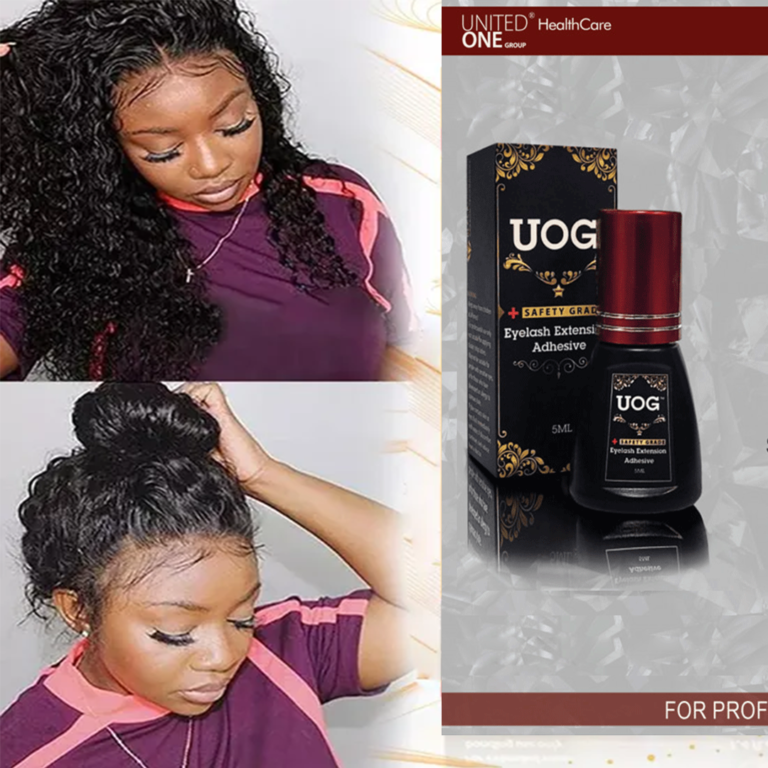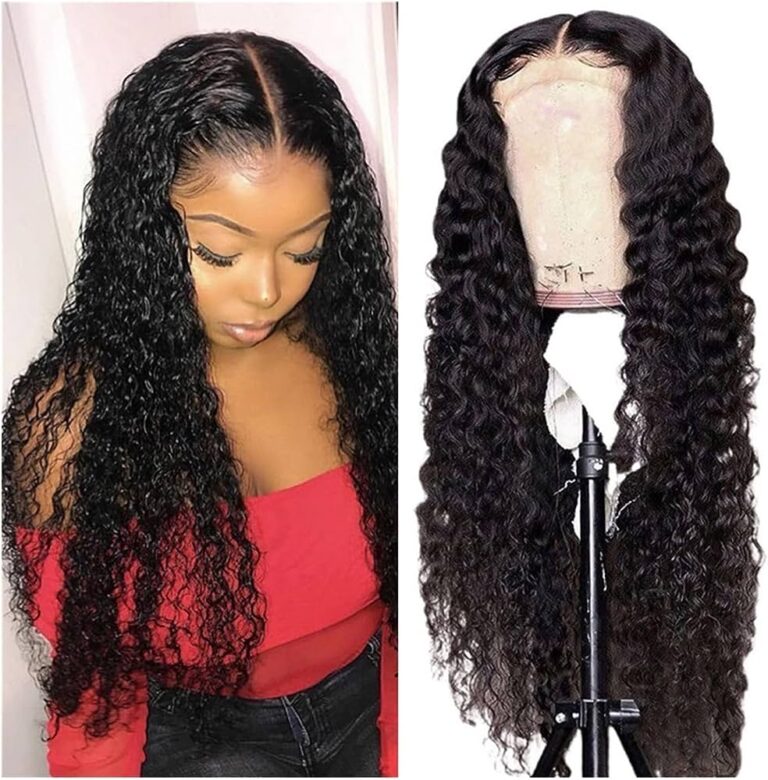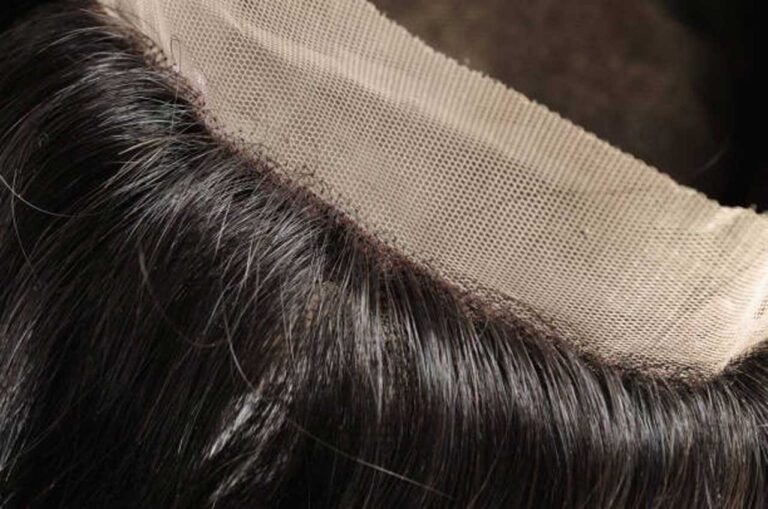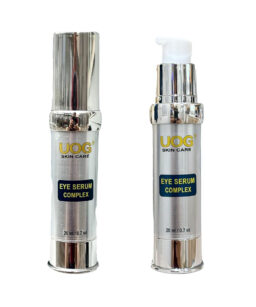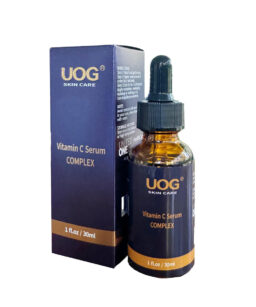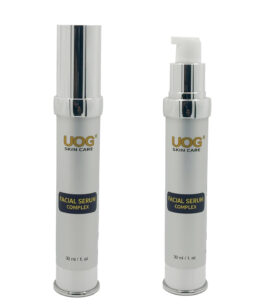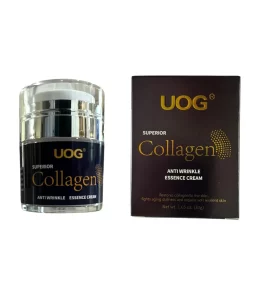Lace wig glue has become a popular option for securing wigs and achieving a natural-looking hairline. However, it’s important to be aware of the potential hazards associated with its use. While lace wig glue can provide a seamless and long-lasting hold, improper application, misuse, or exposure to certain ingredients can pose risks to your health. Understanding the potential hazards is crucial for making informed decisions and taking necessary precautions to protect your well-being. Today, we will explore how lace wig glue can be hazardous to your health, shedding light on the importance of responsible use and offering guidelines to mitigate potential risks. By being informed and vigilant, you can enjoy the benefits of lace wig glue while prioritizing your overall health and safety.
Chemical Sensitivities And Allergic Reactions: Lace wig glue often contains various chemicals, such as acrylic-based adhesives, solvents, or preservatives, which can trigger sensitivities or allergic reactions in some individuals. These reactions can manifest as skin irritation, redness, itching, swelling, rashes, or blisters. It is important to perform a patch test before using the glue to check for adverse reactions. When using hypoallergenic UOG lace wig glue, the advanced technologies safeguard your skin from harsh reactions. It improves the resilient power of the skin and fights away any microbial infection.
Inhalation Of Fumes: Some types of lace wig glue, particularly those in liquid or aerosol form, can release fumes that may be irritating or harmful when inhaled. Prolonged or excessive inhalation of these fumes can irritate the respiratory system and lead to respiratory discomfort or breathing difficulties. Adequate ventilation is important during the application process to minimize the inhalation of fumes. Moreover, glue contains volatile solvents and chemicals that can be harmful when inhaled. These substances can cause damage to the brain, liver, kidneys, and other organs. Prolonged exposure to toxic chemicals can lead to long-term health problems. It will help if you avoid the overuse of lace wig glue.
Skin Irritation And Burns: Improper usage of lace wig glue can result in skin irritation or burns. Applying too much glue or leaving it on for an extended period can cause severe trouble. The strong adhesives in the glue can cause chemical burns or damage to the skin if not used according to the recommended guidelines. Moreover, failing to cleanse and dry the skin properly before applying the glue can lead to poor adhesion, causing the wig to shift and rub against the skin, resulting in irritation and potential burns. You should follow proper hygiene to prevent skin irritation and burns from lace wig glue. If the symptoms don’t subside, stop using the lace wig, visit a hospital, and get proper treatment.
Scalp Infections: If you don’t cleanse the scalp properly or if you don’t remove the glue thoroughly – it can create a breeding ground for bacteria and fungi. It can also lead to scalp infections, such as folliculitis or ringworm. Maintaining proper hygiene and cleansing the scalp is crucial to prevent such infections. Excessive sweating or prolonged exposure to moisture on the scalp can also create a breeding ground for microbes. Keeping the scalp clean and dry is important to prevent infections. Similarly, aggressive or improper removal of the lace wig or adhesive can cause small cuts or abrasions on the scalp, increasing the risk of infection. Take care that you don’t do these activities that trigger scalp infections.
Hair And Scalp Damage: Excessive or aggressive use of lace wig glue can cause damage to the natural hair and scalp. Constant pulling or tugging during application or removal can result in hair breakage, hair loss, or traction alopecia. You have to handle hair carefully and employ gentle techniques to minimize the risk of hair damage. While using stronghold UOG lace wig glue, people forget to remove the lace wig. Continuously wearing a lace wig without giving your hair and scalp regular breaks can weaken the hair follicles and lead to damage or hair loss. Allow your scalp to breathe by removing the wig periodically.
Follow the manufacturer’s instructions for the specific lace wig glue to ensure safety and minimize health hazards. Perform patch tests, maintain proper hygiene, and avoid excessive or prolonged use. Always listen to your body for any symptoms of discomfort or harmful reactions. Suppose you experience persistent or severe health issues related to lace wig glue usage. In that case, seeking medical advice from a healthcare professional is advisable. Always use UOG lace wig glue for additional safety if you have sensitive skin.



